Sana'a, Yemen, July 4, 2024 – The Iran-backed Houthi armed group in Yemen has unveiled a new type of unmanned boat named the "Flood of Destruction." This advanced drone boat, designed to target large cargo ships, highlights the group's increasing military capabilities.
The "Flood of Destruction" joins the Houthis' arsenal alongside short-to-medium-range missiles and sophisticated hypersonic missiles. Known for their strategic attacks using drones and unmanned aerial vehicles, the Houthis have demonstrated significant military prowess, especially in actions against ships in the Red Sea.
The "Flood of Destruction," or Tufan Al Mudammar, showcases state-of-the-art technology. It can be controlled either manually or via remote control, and it boasts a maximum speed of 45 nautical miles per hour. The boat is capable of carrying a warhead weighing between 1,000 to 1,500 kilograms, making it a potent weapon with high destructive power.
This new unmanned boat is the latest addition to a growing collection of specialized weapons revealed by the Houthis. In June alone, the group publicly displayed four advanced weapons, underscoring their ongoing development and stockpiling of military assets.
Among these are the Tufan-1 drone boat, known for its speed and stealth in attacks, and hypersonic missiles such as the Palestine and Hatem-2, capable of devastating enemy bases swiftly.
The Houthi rebels continue to pose a significant threat to maritime security in the Red Sea. Several ships have already been damaged by their unmanned vessels, raising concerns about the safety of shipping routes in the region.
The Houthis' display of advanced weaponry not only serves as a demonstration of their military strength but also sends a message of their capability to disrupt regional stability. This comes amidst their ongoing conflict and in solidarity with Palestinians, particularly following the recent Gaza invasion.
As the situation develops, the international community remains watchful of the Houthis' expanding military capabilities and their potential impact on regional security.



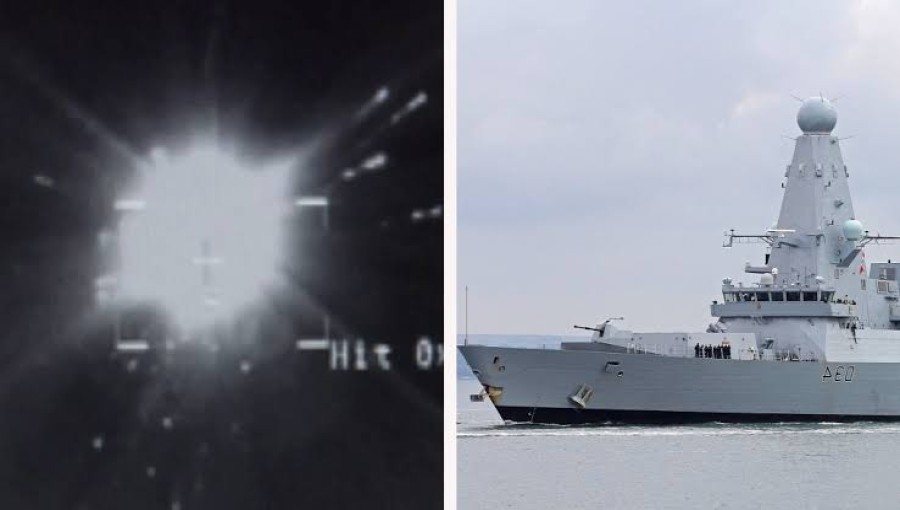





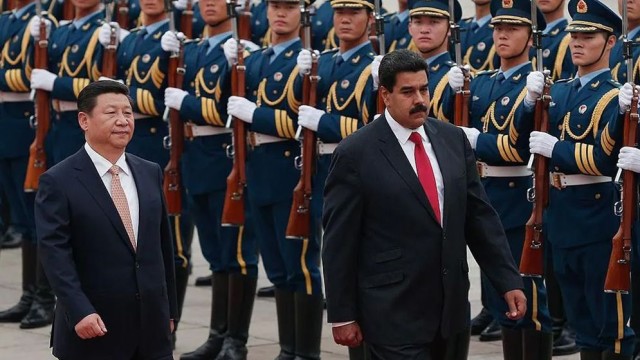




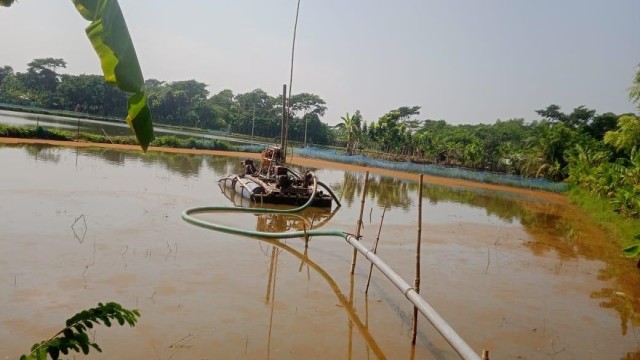







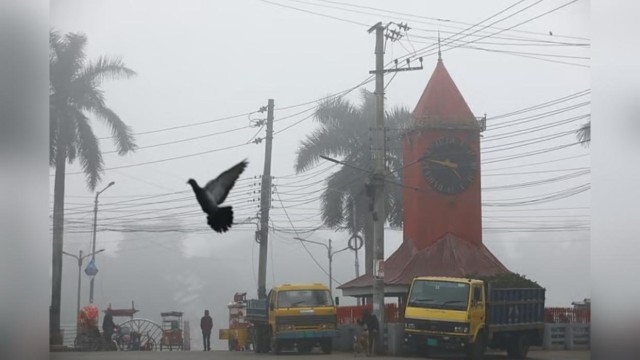






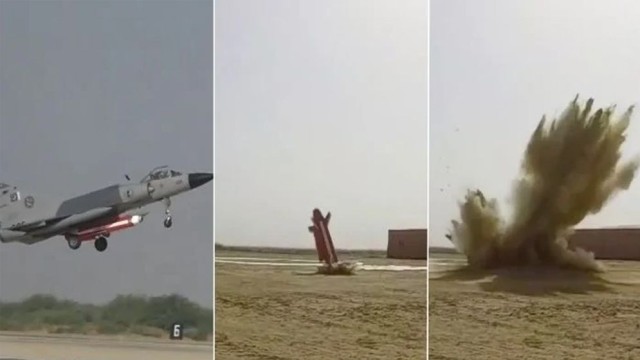
Comment: